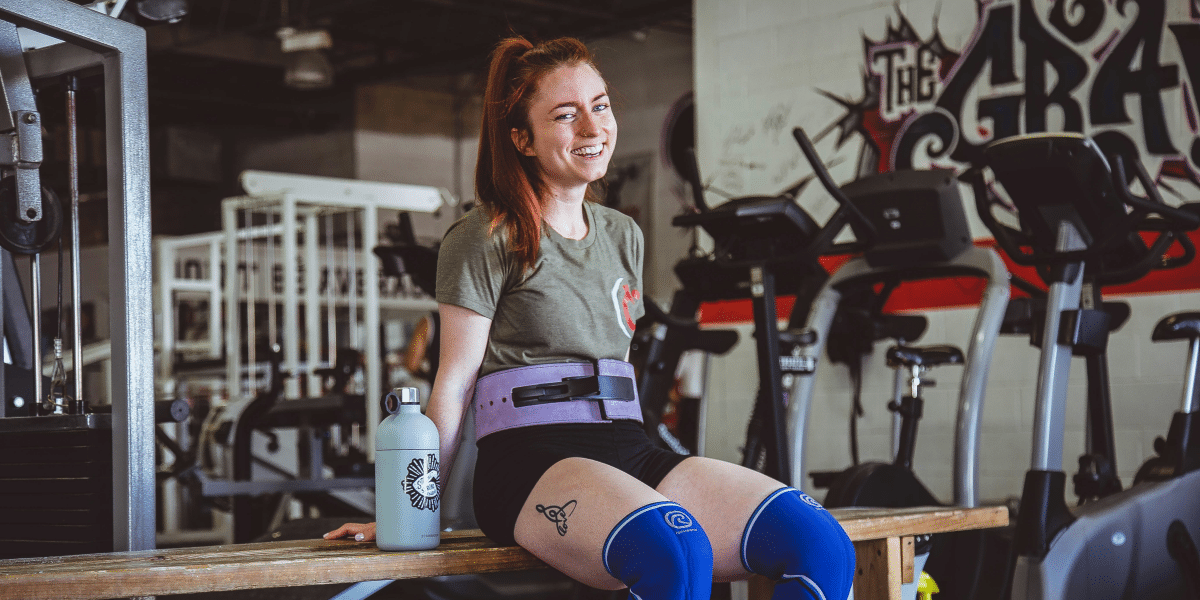The concept of displaying clothes on human figures for sales is a relatively modern invention, one that fundamentally changed the fashion world. Before professional modeling came into being, garments were typically showcased on static forms like miniature dolls or stiff, life-sized mannequins in a designer’s salon or shop window. The lively and dynamic profession that models inhabit today has clear origins in the mid-19th century, spearheaded by a visionary English designer working in the heart of Parisian couture.
Read also: Introduction to the Modeling Industry: Types, Key Players, and Evolution
Bringing Designs to Life: The Birth of the “House Model”
The individual widely recognized for establishing modeling as a distinct profession is Charles Frederick Worth. Often hailed as the “father of haute couture,” Worth, who had moved from England to Paris, introduced a revolutionary idea in 1853. Instead of relying solely on inert displays, he enlisted his wife, Marie Vernet Worth, to present his exquisite clothing designs directly to potential clients.
Marie Vernet Worth thus became the world’s first “house model.” She would don Worth’s elaborate gowns, bringing them to life with movement, grace, and an understanding of how the fabric draped and flowed on a real person. This innovation offered clients a far more compelling impression of the garment than any static display could, allowing them to visualize themselves wearing the creations. It was a groundbreaking shift that swiftly caught on, with other Parisian designers quickly adopting the practice of using “live mannequins” to showcase their collections.
From Anonymity to Agency: The Early 20th Century’s Evolution
The early 20th century saw the nascent profession of modeling expand significantly with the development of fashion photography. As cameras became more accessible and mass-produced magazines gained popularity, models began appearing in printed advertisements and editorial spreads. Initially, these “living mannequins” remained largely anonymous figures, with the focus primarily on the clothing rather than the individual wearing it. Models were also often relatively poorly paid during this period.
A significant step toward professionalizing the industry occurred in 1923 when John Powers opened what is considered the first modeling agency in New York City. This establishment helped to formalize the booking process and provide a structure for the burgeoning profession. Over time, as fashion photography became more sophisticated and magazines became central to public style, the role of the model began to gain more visibility.
The Rise of Recognition: Pioneering “Big Name” Models
By the late 1940s and into the 1950s, a few models began to transcend their anonymous roles and achieve notable recognition within the fashion community. Figures like Lisa Fonssagrives, Dorian Leigh, and Bettina Graziani became prominent faces, gracing numerous magazine covers and commanding higher fees for their work. Lisa Fonssagrives, for example, appeared on over 200 Vogue covers, demonstrating the growing influence models could wield in shaping careers and defining beauty standards. These “in-demand” models signified a shift where their individual appeal started to become a factor in fashion’s allure.
The mid-20th century also saw the establishment of other influential agencies, such as Ford Models in 1946 by Eileen and Gerard Ford in New York, further solidifying the business structure around the profession. While these models were highly recognized within the fashion world, they were not yet the global celebrities they would become in later decades.
Read also: Sustainable Wellness for Modeling
The “Supermodel” Phenomenon: Global Icons and Unprecedented Influence
The truly transformative shift in modeling’s status arrived with the supermodel era of the 1990s. This period saw models like Naomi Campbell, Cindy Crawford, Linda Evangelista, Christy Turlington, and Claudia Schiffer transcend the fashion industry to become household names and global celebrities. They appeared not just on magazine covers and runways, but also in music videos, talk shows, and major advertising campaigns, earning unprecedented sums and enjoying a level of fame previously reserved for movie stars or pop icons. Linda Evangelista’s famous quote, “We don’t wake up for less than $10,000 a day,” perfectly encapsulated the new financial and cultural power these women held.
This era marked the peak of models as individual brands, shaping popular culture and influencing trends across the globe. While the industry has continued to evolve since, embracing greater diversity in body types, ethnicities, and unique looks, the fundamental principle established by Charles Frederick Worth—that clothes come alive on a human form—remains the enduring foundation of fashion modeling. From a practical display method to a global industry of celebrity and influence, the journey of modeling is a testament to the ever-evolving nature of fashion and its presentation.










